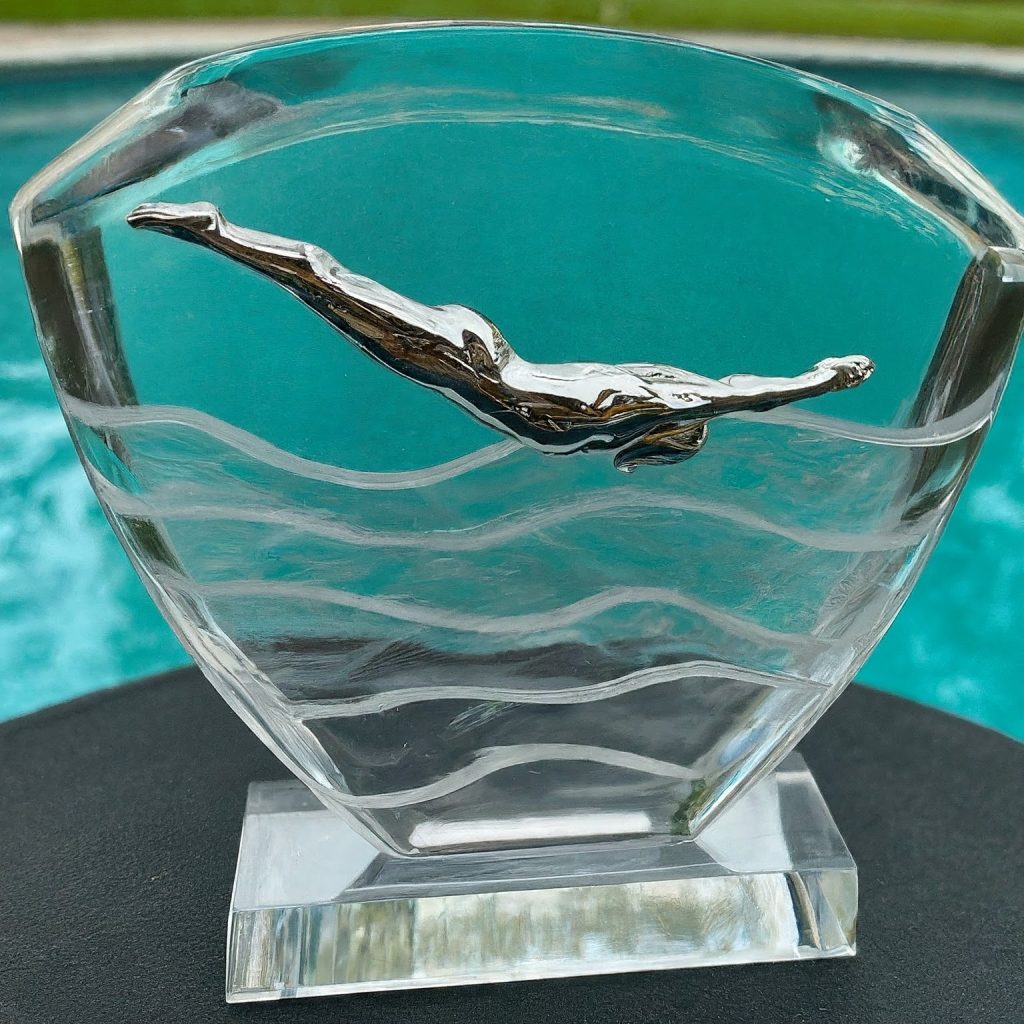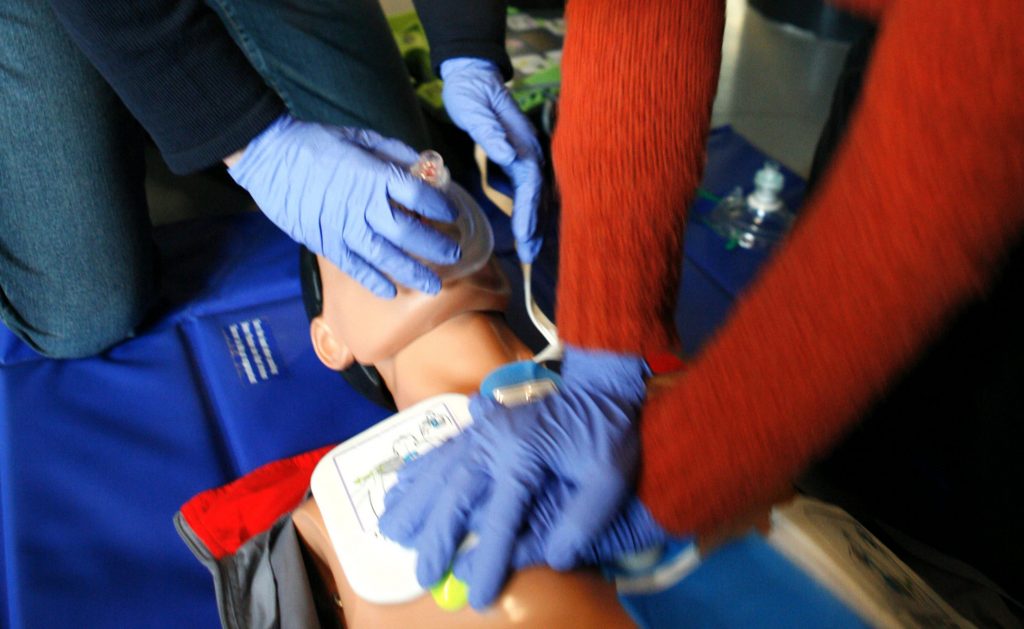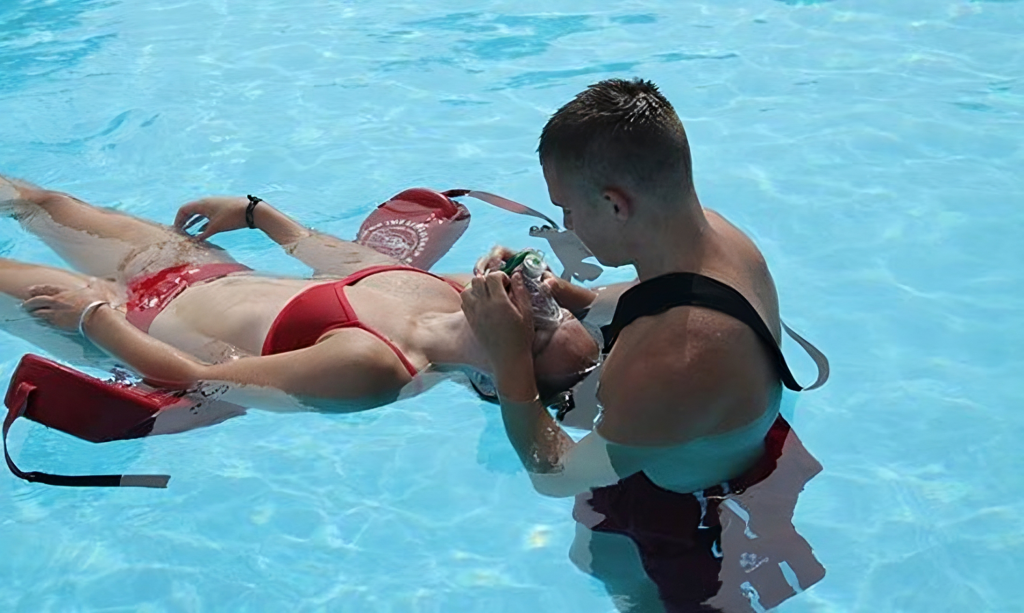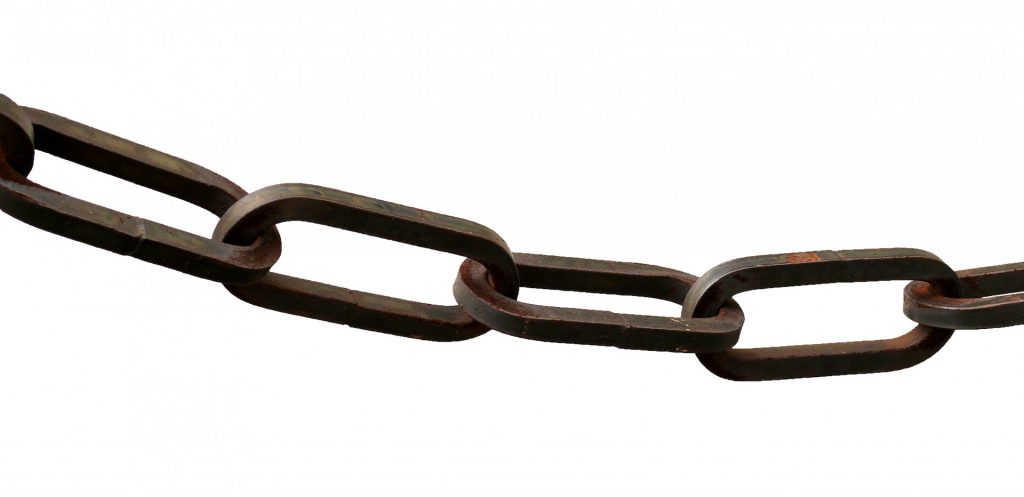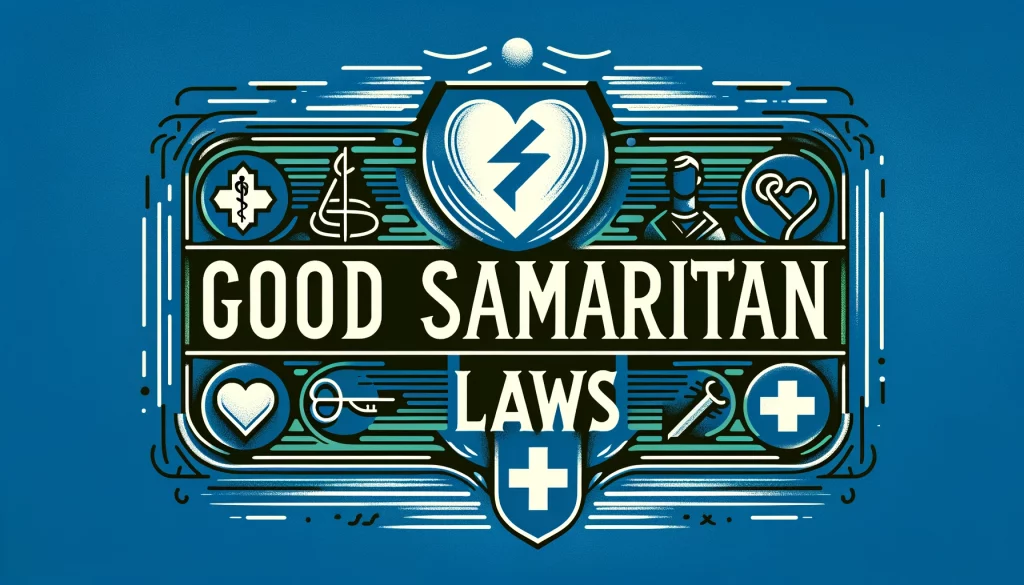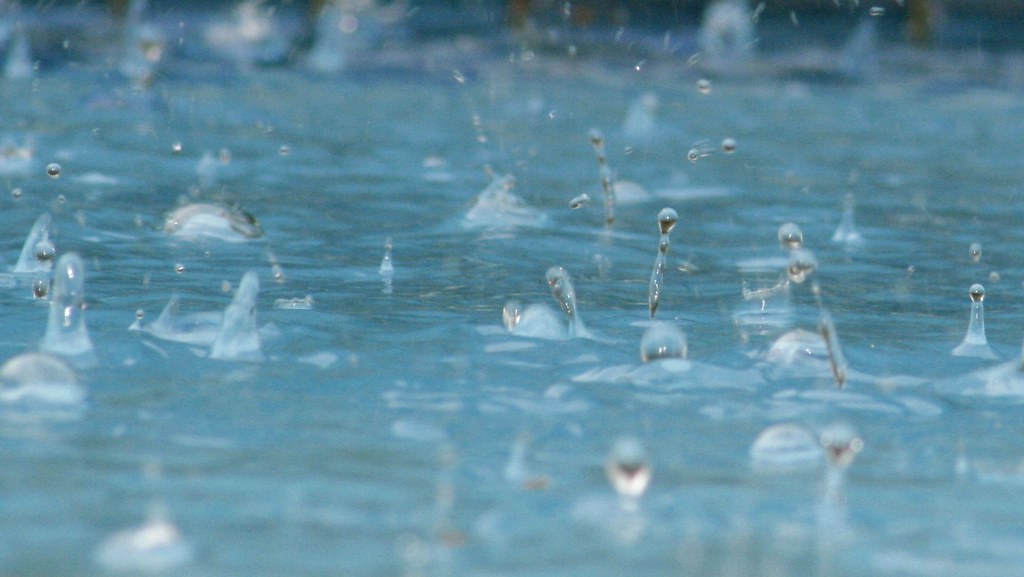Employee recognition is important for several reasons:
- Morale Boost: Recognizing employees for their hard work and achievements boosts morale and motivation. When employees feel appreciated, they are more likely to feel satisfied with their jobs and remain engaged in their work.
- Retention: Acknowledging employees’ contributions helps in retaining top talent. When employees feel valued and appreciated, they are less likely to seek opportunities elsewhere.
- Productivity: Recognized employees tend to be more productive. Positive reinforcement reinforces desirable behaviors and encourages employees to continue performing at their best.
- Teamwork and Collaboration: Recognizing individual contributions also fosters a culture of teamwork and collaboration. When employees see their efforts being acknowledged, they are more likely to support and appreciate the contributions of their colleagues.
- Organizational Culture: Employee recognition contributes to building a positive organizational culture. It sends a message that hard work and dedication are valued, which can lead to increased loyalty and a stronger sense of belonging among employees.
- Innovation: Recognizing employees encourages them to think creatively and innovate. When employees feel supported and appreciated, they are more likely to take risks and contribute new ideas to the organization.
Overall, employee recognition is essential for creating a supportive and rewarding work environment that promotes employee engagement, satisfaction, and overall success. To help jump start your lifeguard recognition program, we have included a template for a lifeguard of the month program here.

